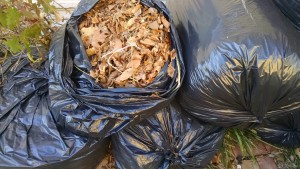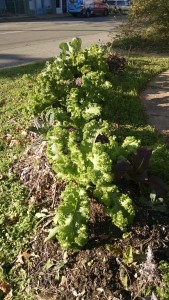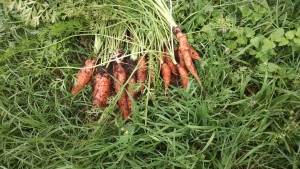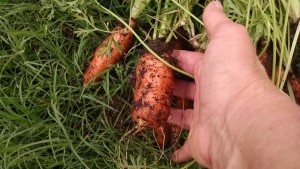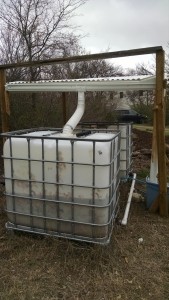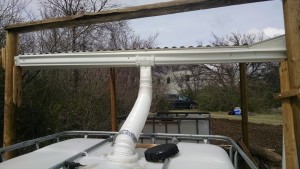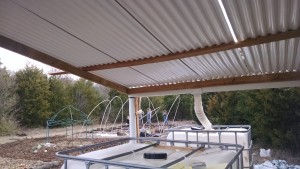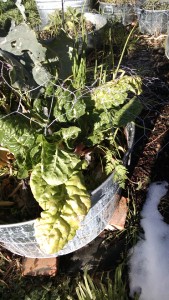As I was driving through Plano the other day, I was thinking of California, which is in the news with state mandated water restrictions. There are signs on most well-travelled roads that watering restrictions are in force. Water conservation is good any time, but with a continuing drought, we have to re-think how we garden and how we water.
There are a number of ways to reduce watering when installing/replanting a garden. First, the more organic matter that is in the soil, the more it will hold the water it gets.
Sometimes folks use things to break up the soil and aerate it, but don’t realize that it isn’t helpful for holding water. Peat moss has been the favored clay loosener, but I was reading the other day that peat pots tend to cause soil to dry out faster – leading to more frequent watering. Does that mean that it also doesn’t hold water as well when mixed in the soil? A better amendment for potting is sustainably harvested coco fiber – it also holds water quite nicely.
What’s that?!
Coco fiber is that fiber on the outside of a coconut. It comes in bricks and I’ve seen them available at local garden nurseries such as Redenta’s as well as North Haven Gardens. The bricks are made of fibers that are dehydrated and compressed. The fun part is when you put that brick in a LARGE container to rehydrate (not the regulation 5-gallon bucket, which I heard one person busted during the rehydration process, because it wasn’t large enough). Put water in the water in the container with the brick and watch what happens – it’s great for kids to participate in this process. If you want to get mucky, start massaging the fiber off the brick into the water – you get a slurry of muddy mass. THIS is what you use to mix into potting soil or into raised beds to loosen clay, aerate the bed, and provide moisture retention.
Because the coco fiber does hold moisture – you just witnessed this quality when you rehydrated it!
So we need organic matter – that also means compost and lots of it! If you haven’t started your compost pile, now (whenever now is) is the best time. Never too late. I’ll write another week on compost piles – the slow, the soon and the real quick methods. You can also buy compost (bagged or by the pickup load or by the dump truck load) from folks like Soil Building Systems.
Organic matter – lots of it. That’s number one.
Then there’s mulch. Lots of it, too. Mulch can be bagged stuff you get from the nursery, or delivered by the dump truck, or gathered yourself on the side of the street (read: leaves in bags). You can also buy straw (not hay) to use as mulch. Newspapers work, as does cardboard, spread around your plants and watered in well and then covered with leaves (watered in well also).
Leaves make excellent mulch. Think of a forest floor and how the leaves carpet the ground, keeping it moist and soft, then deteriorating and becoming part of the soil. Leaves are also free.
I should note here that if you get a dump truck load of mulch, you might want to invite some friends over to help you distribute it. Here’s a picture of a mulch-spreading party this last weekend.
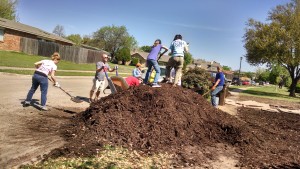
Mulch is magic. It serves many purposes – first, it keeps weeds down (yay! less work!). Second, it shades the soil so that the plants’ feet stay cool even in the hottest baking sun. That means less water, because it prevents the soil from drying out. And third, mulch condenses moisture from the air during the night, bringing more moisture to the soil and your plants. (NOTE: Do not use cedar bark mulch on vegetables – it’s best used in ornamental plantings.)
All that compost and mulch results in less watering needed to keep your garden going and producing.
In doing some calculations for a community garden’s rain water collection needs, I read that 100 sq. ft. of conventional vegetable garden needs 60 gal. a week at 60 degrees Fahrenheit. Obviously as the temperature goes up, more water would be needed. I couldn’t find any figures for how much mulch and organic matter reduce that, but I’ll bet it’s quite a bit – maybe as much as 50%. Be kind to your water bill – and conserve.
In Part 2 (next week) I’ll talk about how we can build garden beds that require even less water.
